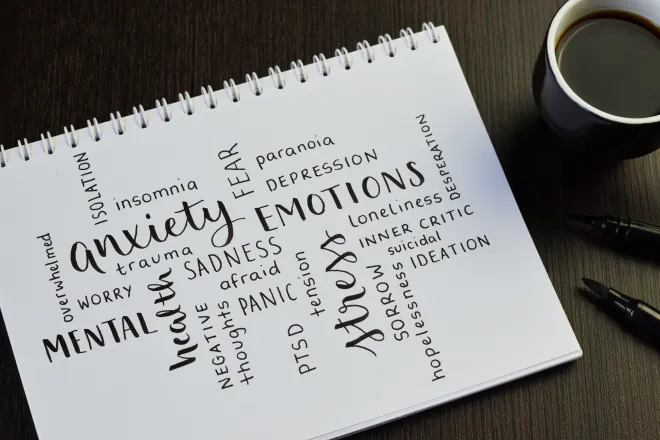
Pushed to the Brink: How Suicide is Taking Our Heroes
(BPT) - The Purple Heart Foundation recognizes that suicide among U.S. veterans is taking place at an alarming rate. Twenty-two veterans commit suicide every single day, according to the Department of Veterans Affairs. These twenty-two heroes fought to protect the American homeland. These twenty-two heroes volunteered for a life away from home and from their loved ones. These twenty-two heroes, who returned home, were failed by a riddled system and did not get proper treatment. Now, suicide becomes a means of dealing with or an attempt to control the pain. There is a strong and bitter stigma attached to those who have thought about it, tried it, or ultimately did commit suicide.
The Purple Heart Foundation wants to paint a broad picture for the American public about suicide and the prevention that is possible. The Purple Heart Foundation spoke with Coalition & Community Development Coordinator Allison Esber. Esber works for Stark County Mental Health & Addiction Recovery in Canton, Ohio. She is a trained and certified expert on suicide and prevention.
Esber believes there are multiple reasons and situations leading someone to take their life. “There is not one single cause, factor, or event that will make a person feel suicidal. There are many stressors that can cause a person to feel out of control, trapped, or unable to change what is happening,” Esber says.
Of course, other factors like post-traumatic stress, traumatic brain injury, some prescription drugs and depression play a role in their process. “Suicide may occur when the stressors outweigh a person’s ability to cope. What a person considers a stressor varies greatly from one person to another, although some common themes are a loss or major change (i.e. relationship, death, job, move),” Esber. says
So how can you, as a member of the public, discern if someone is suicidal or not? There are visible signs displayed by individuals contemplating suicide. “There are warning signs that individuals who may be thinking about suicide that others may be able to recognize," Esber says. "If any of these signs are recognizable, reach out for help. These include: talking, posting (on social media) about death or suicide, talks about feeling like a burden to others, feeling trapped or worthless.”
It is not just their emotional behavior that offers signs of suicide but the choices they make can be factors as well. “Individuals who may be thinking about suicide may increase use of alcohol or drugs, engage in more risky behaviors, withdrawal from friends, family, and activities,” Esber. says.
Help is available 24 hours a day, seven days a week from the National Suicide Prevention Lifeline (800) 273-TALK and the Crisis Text Line at 741741. There is a Veterans Crisis Line that is also available. They offer a suicide prevention hotline that can be reached at (800) 273-8255 and press 1. The VCL offers an online chat or the individual can send a text message to 838255 to receive confidential support 24 hours a day, seven days a week, 365 days a year. There are also resources available for the deaf and hard of hearing.
The Purple Heart Foundation believes educating the public and veterans about services available will help everyone better understand the issue at hand. Veterans should know they are not alone in their journey. You can show your support for these brave men and women who have sacrificed so much for our country by making a one-time or monthly pledge to ensure veterans continue to get the support and benefits they deserve by visiting www.purpleheartfoundation.org.















